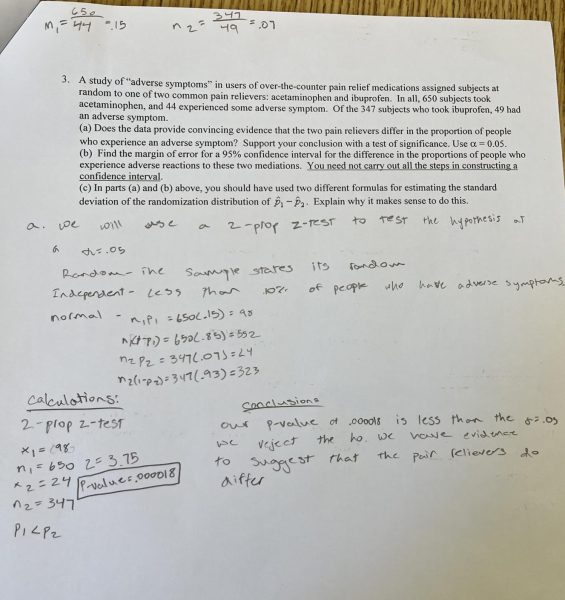The four-day school week is something more districts are choosing to adapt: over 900 districts nationwide adopted four-day school weeks, meaning students only have classes from Monday through Thursday.
However, this trend does not continue in California, where only two districts, Leggett Valley Unified in Mendocino County and Big Sur Unified in Monterey County, have shortened their school week.
In contrast, Colorado has over two-thirds of its school districts on a four-day school week and stand-alone schools with four-day school weeks.
The model’s rising popularity will likely not continue in California.
California has minimum attendance requirements for schools to meet for their students: 180 days or 1080 hours. Schools must add an

extra hour to compensate for the lost time, making school days go from 7 to 8 hours.
Reducing instructional days results in less funding for public schools, which typically goes towards teachers’ salaries, equipment, facilities, food, and bettering the school and district.
Despite this, less time spent in the classroom allows students more time to complete homework. Student-athletes have the most to gain from this. Finishing school, followed by late practices or games, gives students little time to complete homework and get the sleep they need.
Four-day school weeks also offer greater flexibility for students and teachers. As teachers could better prepare for the coming school week and make necessary adjustments to their curriculum, and students would have more time to rest, do homework, and prepare for the coming school week.
Offering a four-day school week can make teaching positions more attractive to educators. Teachers may appreciate the opportunity for a three-day weekend, which can improve morale and reduce burnout.
However, four-day school weeks have drawbacks. Less time spent in the classroom can negatively correlate with students’ grades, and fewer instructional days means less time for complicated concepts.

Longer school days can provide opportunities for extended learning, but they may also be mentally and physically taxing for students and teachers. Sustaining focus and productivity over extended periods can be challenging, potentially diminishing the quality of instruction and learning outcomes.
It’s essential to recognize that the impact of a four-day school week can vary depending on the specific schools. Districts across the country are responsible for addressing these concerns and ensuring that the transition to a four-day school week is as seamless as possible.








